Understanding causes and symptomsHeadacheWith neck origin orHeadacheCervicogenic
Headaches usually have various causes and sometimes appear suddenly. That’s why it’s essential to know what to do in such situations and how to cope.
As the name suggests, cervicogenic headache meansneck painand any problem related to the neck that causes headache, but it may worsen due to reactions such asmigrainemaking diagnosis more difficult for individuals.
This neck-origin headache problem typically occurs due to injuries to the neck. In this section of health and wellnessSelMagzwe aim to provide information about neck-origin headaches so you can better understand them.
Cervicogenic headacheor what is a neck headache?
A cervicogenic headache (CGH) occurs when pain from a specific source in the neck is referred to the head. This pain is usually a steady or dull ache, but sometimes the intensity of pain can worsen. CGH symptoms typically present on one side, meaning they affect one side of the neck, head, or face.
CGH is a secondary headache that occurs due to an existing physical or neurological condition. CGH can be caused by trauma, such as fractures, dislocations, or whiplash, or an underlying medical condition such asrheumatoid arthritis, cancer, or infection.
While the source of pain is located in the cervical spine, diagnosing CGH can be challenging as the pain is not always felt in the neck. CGH symptoms can also mimic primary headaches, such as migraines and tension headaches.
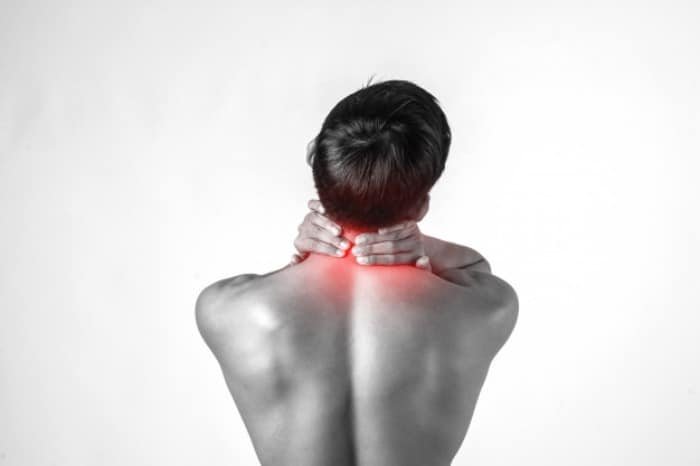
Symptoms of neck-origin or cervicogenic headaches
Cervicogenic or CGH usually starts as intermittent pain and may progress to a constant ache. Common features of CGH include:
- Pain originating from the back of the neck radiating along the forehead, around the eye, temple, and ear.
- Pain along one side of the shoulder and arm.
- Reduced neck flexibility.
- Swelling around the eyes.Blurred vision may occur in some cases on the affected side.
- Pain almost always affects one side of the neck and head, but in rare cases, both sides may be affected.
- Neck stiffness
- One-sided head pain
- Changes in direction
- Shoulder pain
- Eye pain
- Pain whencoughingand sneezing
- Pain when changing the position of the head
- Pain when changing position
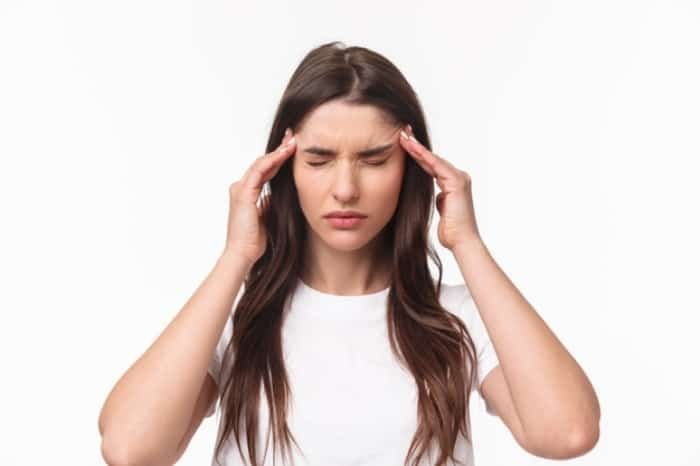
How can a neck problem cause cervicogenic headache?
In the upper cervical spine, the trigeminocervical nucleus is a region where sensory nerve fibers converge originating from the trigeminal nerve and upper spinal nerves.
The trigeminal nerve is responsible for pain sensation in the face, including the top of the head, forehead, eyes, and temples. When pain felt from cervicogenic sources is sensed by the upper spinal nerves, it is transmitted to the trigeminal nerve fibers. This transmission leads to pain sensations in various areas of the head.
Various factors can transfer pain from the neck to the head, such as:
- Injury to the atlanto-occipital joint (the joint between the skull base and the first cervical vertebra)
- Injury to any component of the cervical spine, such as a vertebra, facet joint, or disc
- Cervical radiculopathy due to a pinched nerve in the upper spine
- Injury to neck muscles
- Tumors in the cervical region
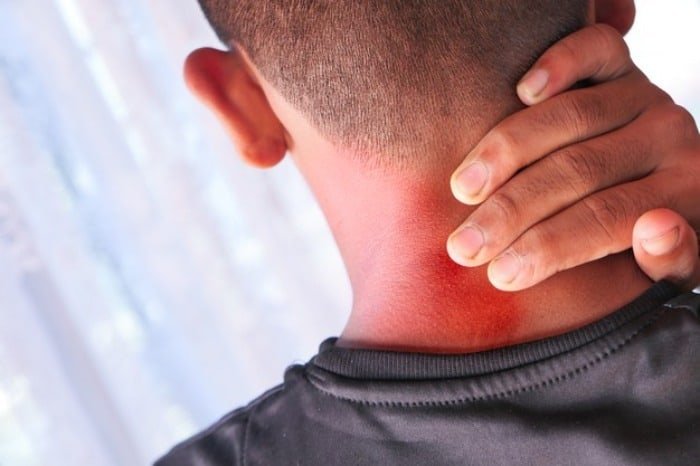
When is a cervicogenic headache serious?
In some cases, CGH may occur due to dangerous underlying conditions such as tumors, bleeding, fractures, or vascular malformations (abnormal connections between arteries and veins) in the head and neck area. In such cases, one or more of the following symptoms may also be present.
- Change in headache type, such as severe headaches that are intolerable.
- Nausea and vomiting
- Confusion and disorientation
- Headaches resulting from coughing or Valsalva maneuver (attempting to forcefully exhale with closed mouth and nostrils)
- Neck stiffness and swelling
- Numbness in the arms
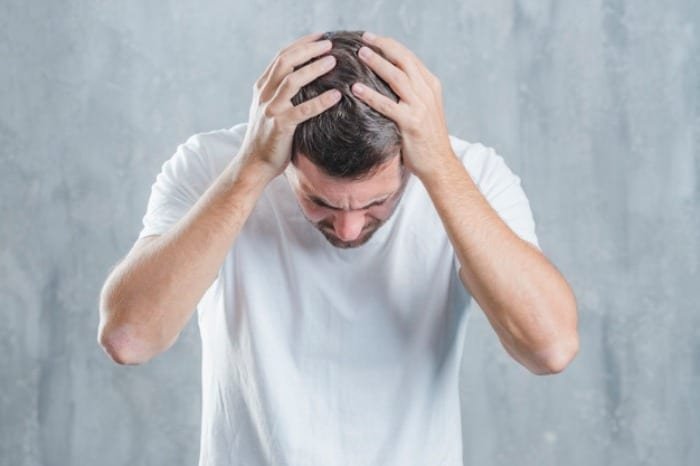
Facts about causes of neck headaches
1. Headache accompanied by neck pain
Our necks typically serve to hold the head and keep it balanced over the body. Usually, cervicogenic headaches involve both the head and neck. The relationship between pain in these two areas is quite evident.
Of course, head and neck pain of this type also depends on the mental and emotional state of individuals. Generally, if a person can adopt a suitable position and keep their head straight, they will suffer less from neck and head pain.
2. Imbalance between head and neck
In such a case, individuals often find their head and neck not aligned with the rest of their bodies as their body’s main nerves are not properly positioned. As a result, a misalignment of about 3 millimeters in head and neck position is observed.

3. Neck injury
If you have had an accident recently or are suffering from an injury, it is likely that head and neck pain will continue for days, weeks, or even months, and you should have it checked out. Neck injuries in such cases may be causing your headache. It is advisable to seek help from a qualified specialist to restore your body’s balance.
4. Muscle tightness and looseness in supportive muscles
Typically, those who overuse their muscles or who lack physical activity face this problem. Some may stick their necks out too much or overly lower them, exacerbating their issue.
On the other hand, if they do not walk correctly, the neck muscles become too tight, and the front muscles become overly used, which will also lead to neck pain and headaches.
5. Sleeping incorrectly
Proper sleep is vital for a healthy body since we spend one-third of our lives asleep and not moving. If we cannot maintain a suitable position while sleeping and keep our head and neck aligned, we are likely to experience neck headaches.
During sleep, we should ensure that our necks are supported on pillows, our backs are properly aligned, and we should use a cushion for our legs to avoid placing pressure on other vertebrae.

6. Weak abdominal wall
Parts of our body are interconnected. Consequently, shoulder, chest, and neck issues can extend to other areas. Sometimes, a weak abdominal wall and incorrect positioning cause pressure on the neck.
We must be wary of this pain deepening. To improve this situation, we should usestretching exercisesand learn how to breathe deeply while ensuring our abdominal movements are not overly tight and heavy.
7. Inflammation of body parts
Inflammation and weakness of body parts can lead to bone, joint, and muscle problems. As a result, our body cannot maintain an appropriate position. Intestinal and liver inflammations due to lack of oxygen, nutrients, and blood can create pressure on muscles, including neck pain, which also leads to headaches.
8. Use of mobile phones
Using mobile phones can lead to head and neck problems and diminish their strength, as we often lower our heads. This neck issue transfers to the head and prevents us from maintaining a proper posture.

9. Estrogen problems
Sometimes, improper balance of hormones in the body, including estrogen, can cause neck pain issues. Estrogen is found in most materials and environments around us. For example,vaselinecontains estrogen, and many plastics are also made with estrogen.
These compounds are present in cosmetics, hygiene products, packaging, food, clothing, etc. We need to be cautious that excess estrogen does not lead to laxity in body fibers, resulting in headaches and neck pain.
10. Improper breathing
You may survive for several days without water and food, but you cannot hold your breath even for a minute; therefore, it is crucial to learn the correct way to breathe. Incorrect breathing affects your body’s posture.
Breathing should be deep. If your shoulders move while breathing, it means you are breathing incorrectly. This can place a lot of pressure on the neck. The neck should support our breathing, and the lungs should lower.

11. Improper furniture and chair design
Ensure you use suitable furnishings. Maintain normal and natural limits. Always use standard furniture to support the posture of your neck and head. Whenrunning, jumping, walking, squatting, and exercising, pay attention to your head and neck.
12. Anti-inflammatory care
Utilize anti-inflammatory care to enhance your body’s condition. For example, turmeric is suitable for alleviating headaches and neck pain and reducing inflammation. You can also alternate betweenhot and cold showers.Magnesiumcan also alleviate or greatly reduce pressure and tension in the neck.13. Locked shoulders
The nearest area to the neck and head is the shoulder. When there is a problem with the shoulder, its symptoms will definitely appear on the head and neck. Therefore, as mentioned in the health section of SelMagz, try to keep your shoulders in good shape and take care of them to avoid developing cervicogenic headaches.
A few ways to control and reduce neck headaches
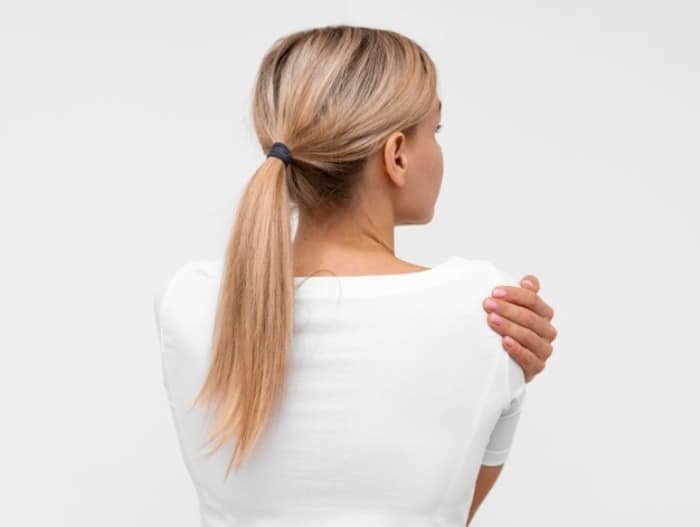
If you need to turn your head frequently during the day, incorporate full body rotation instead of just turning your neck. Using an office chair or rotating stool can be helpful.
If you have to stand up frequently or lift heavy objects like boxes, bend your knees instead of bending at your back and sit on the floor. Bending your knees helps keep the spine in a more neutral and safe position, improving your body’s posture.
When lifting objects at home or work, keep the item close to your body as this reduces strain on the spine.
When sitting for long periods at home, avoid soft benches or seated cushions that sink in, which lead to poor posture. Instead, sit on a firm surface to better align your spine.
When sleeping on your back or side, use only one pillow (or sometimes one) sufficiently so that your neck is neutral and not bent to the sides. Sleeping with many pillows can pull your head forward or to the side, creating pressure on the neck throughout the night.
Cervicogenic headache







